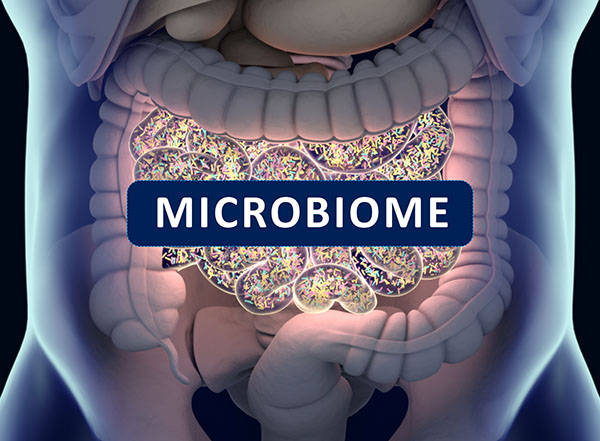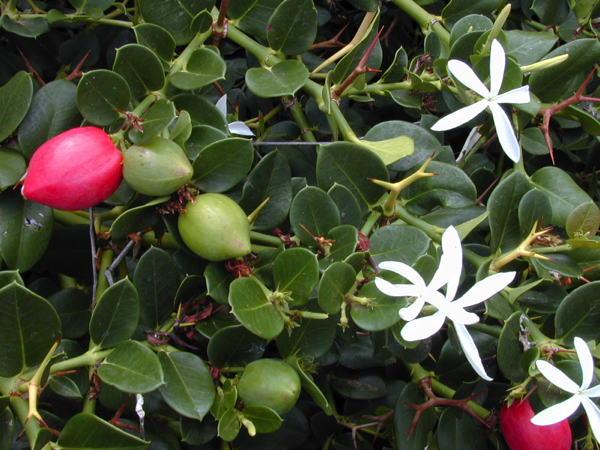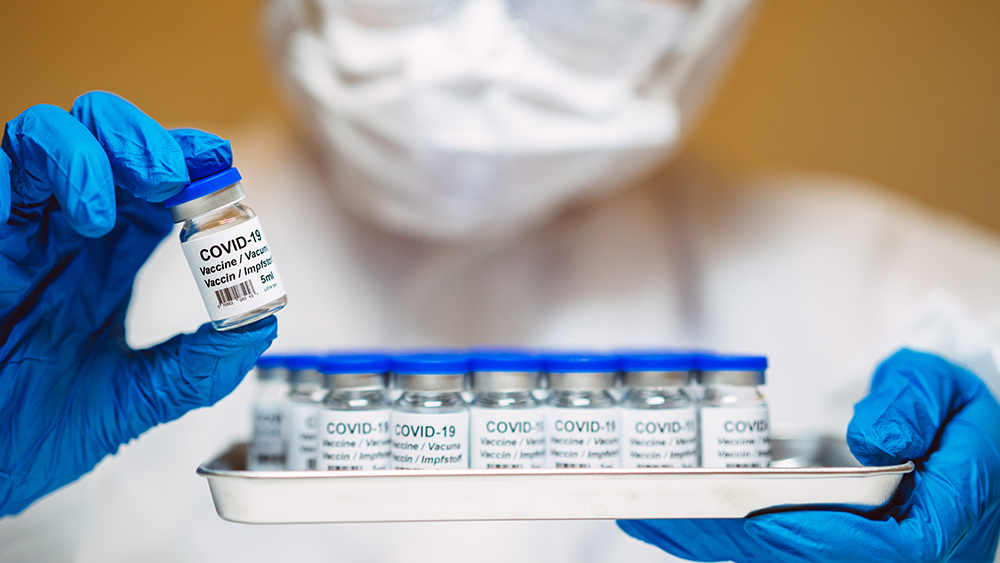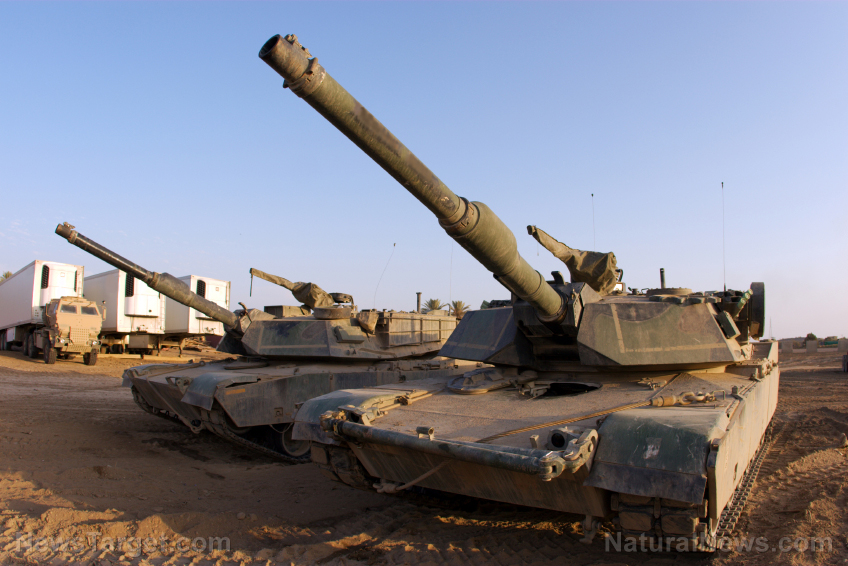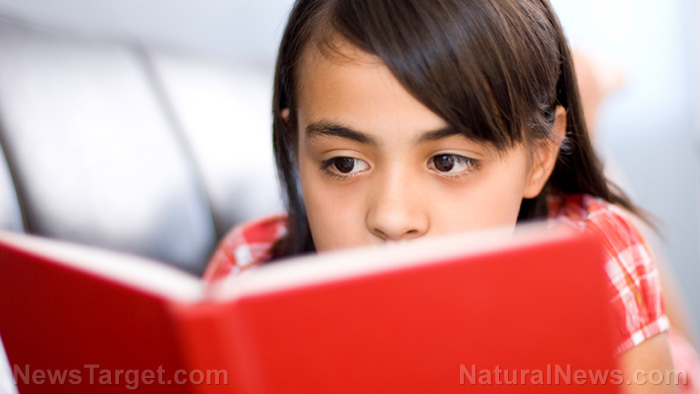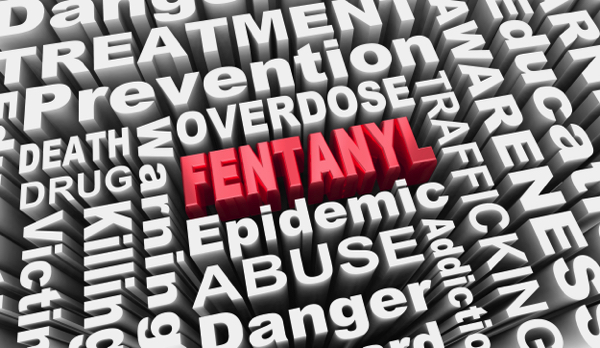 Parler
Parler Gab
Gab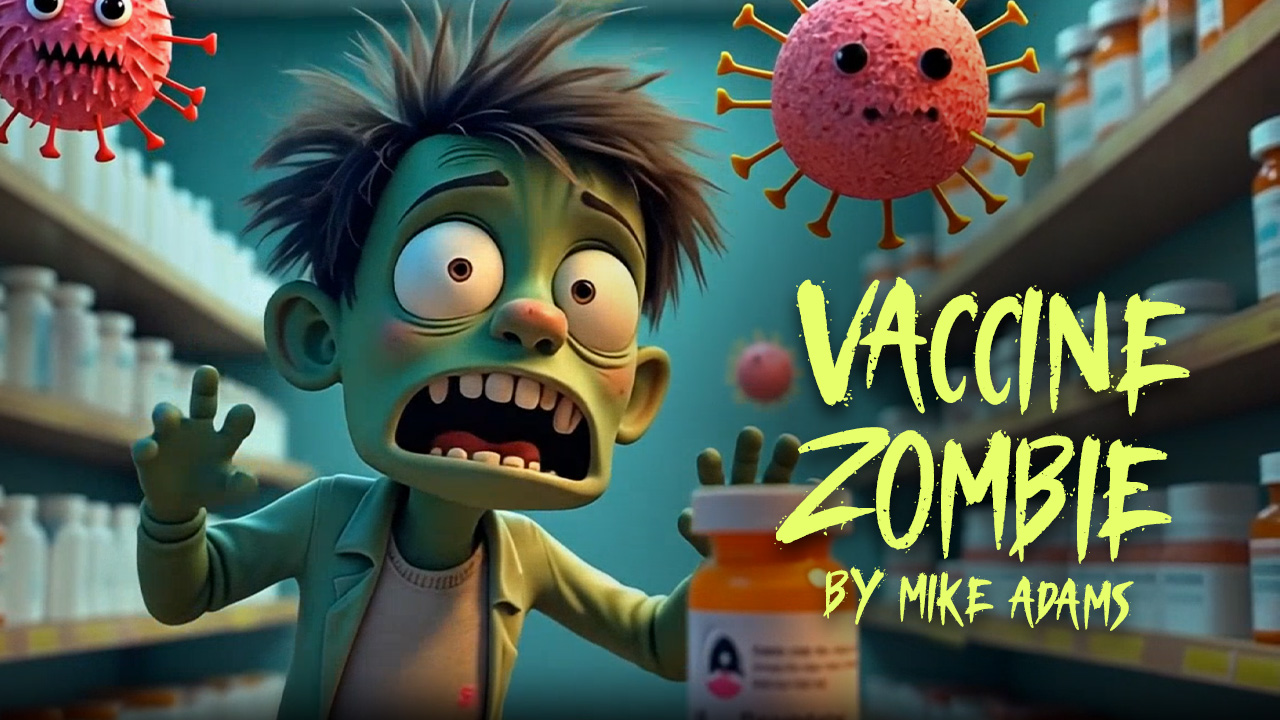
The musical background of Mike Adams, the Health Ranger
About Mike Adams and music: I began studying piano and percussion at the age of six, and I've written, recorded and performed activist-oriented music my entire life. Before I was 10, I was composing original piano music, and this interest evolved into deploying early synthesizers in the 1980s when I went to college. There, I wrote and performed original music for university theatrical productions, and I participated in experimental music showcase campus events. I always had a synthesizer in my dorm room, and I used to compose multi-track songs using the early MT-32 sound module made by Roland, combined with a clunky MIDI sequencer on an early IBM PC. My first rap song, "I Want My Bailout Money," was featured on the cover of the Wall Street Journal in 2008, following the sub-prime mortgage crash. My first rendition of "Vaccine Zombie" (2011) got me banned and blacklisted from YouTube and nearly all tech platforms in subsequent years. The song was wildly popular among health freedom activists and moms of autistic children, however. Invigorated by the power of conscious music, I proceeded to write, record and release numerous songs with activist themes, including, "Just Say No to GMO" and "Don't Inject Me" (circa 2009) which was filmed in Ecuador. One of my earliest successful rap songs was called "SSRIs - S.S.R.Lies" which exposed the mass psychiatric drugging of children. But the most meaningful songs I've created share themes of universal consciousness, love and humanity. These include the country western-style song, "Wide Awake," which speaks to universal love for humanity. "Revolution of the Heart" was an effort to perform poetry as music, and it has now been re-made in 2025 with a whole new sound vocals, to be released at music.Brighteon.com. "Heaven Can Wait" was a song about the psychiatric drugging of children and the social issue of increased suicides among drugged-up children, and "Doin' Alright" was an uplifting song about overcoming adversity. (It has also been completely remade into a new rendition to be released in 2025.) You can find the full list of these songs and music videos (pre-2025) at NaturalNews.com/music I also enjoyed creating funny, parody songs and music videos, including "Dumb and Lazy" (a parody of "Call Me Maybe"), "Don't Touch My Junk" (a popular song about the horrendous abuses of the TSA), and "Workin' For Ebola," a parody of the Ebola fear campaigns pushed by the CDC and FDA. More recently, in 2024, I created and recorded "God is With Us" as part of the Church of Natural Abundance (also launched in 2024). This would be the last song I created without the use of AI tools for the music, although AI was used for video imagery. Note also that as a published food scientist who runs a mass spec lab, I have also been able to relate the "frequency" of atomic elements to musical notes. I gave a stunning demonstration of this in 2016 in a video about "hearing chemistry" through what I call "Elemonics." You can see my explanation video and listen to molecules and chemistry translated into music at this Natural News article link. (Hint: I'm working on new instrumental pieces based on Elemonics now, in 2025.)Creating songs and music videos in 2025 with the help of AI
The introduction of mature song-generating AI technology in 2024 unleashed an extraordinary era of musical creativity for accomplished music composers and beginners alike. Beginning in late 2024, all my new songs and music videos are created with the help of AI technology. While I am a gifted musical composer, I have no such extraordinary talent in the realm of vocals, but AI allows me to direct AI vocalists who are world class in their quality and performance. Similarly, I have no access to top-notch musicians on percussion, guitars, woodwinds, etc., but AI allows us to create stunning performances across all musical styles -- but only if we know what we're doing with music theory, lyrics and song composition. I use Suno.com (invite link) as my preferred AI music and vocals generator. I've tried over a dozen AI music generators, and as a composer myself, I demand very intricate control over the music, including control over tempo, time signatures, musical keys, pauses, instrument selection, mood control, vocal styles, background vocals and much more. Suno is literally the only AI music generator in existence that uses a secret "meta tags" language and a JSON structure that almost nobody is aware of. Only coders like myself are even familiar with JSON structure for defining documents or classifying any sort of content, and it turns out that Suno uses a JSON interpreter in its internal API, which can be secretly accessed through its "lyrics" box. If you know how to write JSON code, you can instruct Suno to do almost anything you want. Search the web for "[meta_object: arrangement]" if you want to find resources on that subject. This little-known feature set, combined with my many years as a top writer, journalist and someone who has lived through tremendous strife, censorship, the COVID plandemic, government tyranny, corporate authoritarianism, financial deplatforming and more, has given me a depth of understanding about humanity (both good and evil) that is necessary to write meaningful lyrics. Many people now tell me that my songs bring them to tears, literally causing them to cry out from the emotional impact. That's when you know you've hit home: When the music bypasses the rational and invokes a powerful emotional experience, then you've cracked the code and gone beyond the realm of notes and words. Now you're reaching people at a heart level that logic and reason can't even touch. When I write music using Suno, I first imagine the music in my head. I can hear the vocals, the instruments, the tempo, the musical style, energy, etc. Once I have the song imagined in my head, then my job is to convince Suno to render that into a musical piece. Thus, people who say things like "AI makes you lazy" or "AI does the thinking for you" are not accurate. If you're using it correctly, AI makes you work harder than ever before, because you first have to imagine and know what you want, and then you have to figure out how to convince the AI engine to create what you have in mind. This requires a whole new language of prompt engineering, lyrics creation, the use of meta tags, JSON song structure tags and more. Granted, if a person skips all that and just tells Suno, "Generate a pop rock song about cars," then they aren't really a composer, they're just a musical tourist. But Suno is able to offer profound access to its inner workings for those of us who are accomplished, professional composers and artists -- people who know what they want and who are able to learn about the inner workings of AI language so that we can nudge the AI engines into doing what we want. You never really have full control over AI, but you can learn to dance with it. And you can lead it along. All my songs start with the chorus lyrics first. If you don't have a strong chorus line, like "Goin' Back in Time is Comin' Home," then your song will fail from the start. There's no point in even writing a vocal song (with lyrics) unless the lyrics are catchy and profound. You'll see a great example of this in my upcoming song, "Revolution of the Heart" which contains the chorus line, "We don't need no revolution unless it's revolution of the heart." Once I have a strong chorus line and a conscious intent of what the song should be about, the rest of the lyrics just flow naturally out of my brain (God's gifts), and I just write them down as they emerge in my mind. I sometimes joke that my brain is a rendering engine much like AI, and all I have to do is ask my brain to come up with the lyrics for a song, and it just spits them out. This actually isn't a joke. This is how my creative consciousness has always worked. As I'm working on the lyrics, I'm also working on song structure. Most pop songs follow a structure like: intro, verse, chorus, verse, chorus, bridge, verse, outtro, etc. But I like to do things very differently. Some of my songs start out with the chorus right up front, and then they go into a verse. Other times, I'll have two bridges in an extended version (like my new version of Revolution of the Heart, which is a R&B smooth vocals masterpiece, as you'll soon hear). I also like to mix up the syncopation of the vocals in the lines. I reject the typical musical structure that most people default to, which is a boring four-lines rhyming convention: Blahbitty blah de blah De blobbity bladh de blah Blobbity blah blah blah And blah to the blah blah blah Those four lines all rhyme with each other and they are disturbingly boring. I use far more intricate rhyming and syncopation patterns that are much more interesting to hear. Consider this verse from Revolution of the Heart, where I highlight the rhyming words, and notice that some lines are self-rhyming lines: People livin in fear they want to erase the others So they harm the innocent Forgetting they all have fathers and mothers If violence is their only way To reach out and communicate Their life is a waste, it's fading away Pray they change before it's too late One of the stylistic choices that's very common in my work is the self-rhyme the next-to-last vocal line, right before the primary chorus line (which is often the name of the song). For example, in my upcoming song, "Don't Believe Your Eyes," here's the second half of the chorus: If you see beyond the synthetic veil Make tracks down digital rabbit trails I hope you realize It's a comic surprise Don't believe your eyes I also prefer to expand musical sentences beyond the normal "four lines" approach, making my music unpredictable and interesting. For example, in another upcoming song called "Twenty Thousand Days" (a love song performed with a male tenor vocalist and a symphonic orchestra), the chorus is: Twenty thousand words, to say how much I love you Twenty thousand ways, to show how much I care We won't live forever, but I pray that we're together The gift of time remains, with you my heart will stay For twenty thousand days This just scratches the surface but it helps explain why my songs are really interesting to hear, and why they aren't ho-hum run-of-the-mill songs that are auto-generated by AI music generators. Beyond all that, I usually render the segments I want and then I use offline audio editing software (like Audacity if you want something that's free, or Studio One for multi-track editing, which is what I use) to edit song segments and create a final, finished song. I have not yet been able to actually complete a full song solely inside Suno. I always have to export WAV files and finish the composition outside the Suno environment, although I do believe Suno is constantly building new features and will at some point offer even more high-end editing tools for music professional, perhaps accessible through a "professional" interface and pricing tier (which I would be happy to pay). For the music videos, I direct my graphic design team to create the videos based on my description of what I'm looking for (basically I am prompt engineering my staff), and then we go back and forth until I get the visuals I want. I many videos I have very specific things I'm looking for, while for others, I let my designed run with their own vision. We use tools like Kling AI to render video content, and with video rendering rapidly improving, I expect music videos to become even more exciting and visually impactful throughout 2025 and beyond. As the technology becomes available, I plan to use AI to generate feature films. Music videos are just the beginning. AI is the ultimate storytelling tool, and as long as we human beings have important stories to tell, AI technology can be used to help illustrate and communicate those stories with others. You can follow all my new music videos -- currently coming out at about one per week -- at music.Brighteon.com -- and I plan to launch a Spotify channel soon, under a new musical artist name that I'll share upon launch. ### Follow my podcasts, interviews, articles and social media posts on: Twitter: https://twitter.com/HealthRanger Brighteon.social: Brighteon.social/@HealthRanger Brighteon.io: Brighteon.io/healthranger Telegram: t.me/RealHealthRanger Brighteon.com: Brighteon.com/channels/HRreport Rumble: Rumble.com/c/HealthRangerReport Substack: HealthRanger.substack.com Banned.video: Banned.video/channel/mike-adams Truth Social: https://truthsocial.com/@healthranger Bastyon: https://bastyon.com/healthranger Gettr: GETTR.com/user/healthranger BitChute: Bitchute.com/channel/9EB8glubb0Ns/ Clouthub: app.clouthub.com/#/users/u/naturalnews/posts My music with MP3 downloads and music videos: music.Brighteon.com Join the free NaturalNews.com email newsletter to stay alerted about breaking news each day. Download my current audio books -- including Ghost World, Survival Nutrition, The Global Reset Survival Guide and The Contagious Mind -- at: https://Audiobooks.NaturalNews.com/ Download my popular audio book, "Resilient Prepping" at ResilientPrepping.com - it teaches you how to survive the total collapse of civilization and the loss of both the power grid and combustion engines.The American health care system is a collection of profit centers unrelated to health care
By News Editors // Share
“Cancer Decoded” on BrightU: Experts explain the root of all diseases – INFLAMMATION
By Jacob Thomas // Share
Dr. Thomas S. Cowan’s “The Contagion Myth” challenges the foundations of modern medicine
By Belle Carter // Share
Peppermint: A cooling powerhouse of wellness
By Ava Grace // Share
Top essential oils to include in your spring cleaning routine
By HRS Editors // Share
Natal plum: A superfruit source of flavonoids and vitamin C
By Zoey Sky // Share
Governments continue to obscure COVID-19 vaccine data amid rising concerns over excess deaths
By patricklewis // Share
Tech giant Microsoft backs EXTINCTION with its support of carbon capture programs
By ramontomeydw // Share
Germany to resume arms exports to Israel despite repeated ceasefire violations
By isabelle // Share

